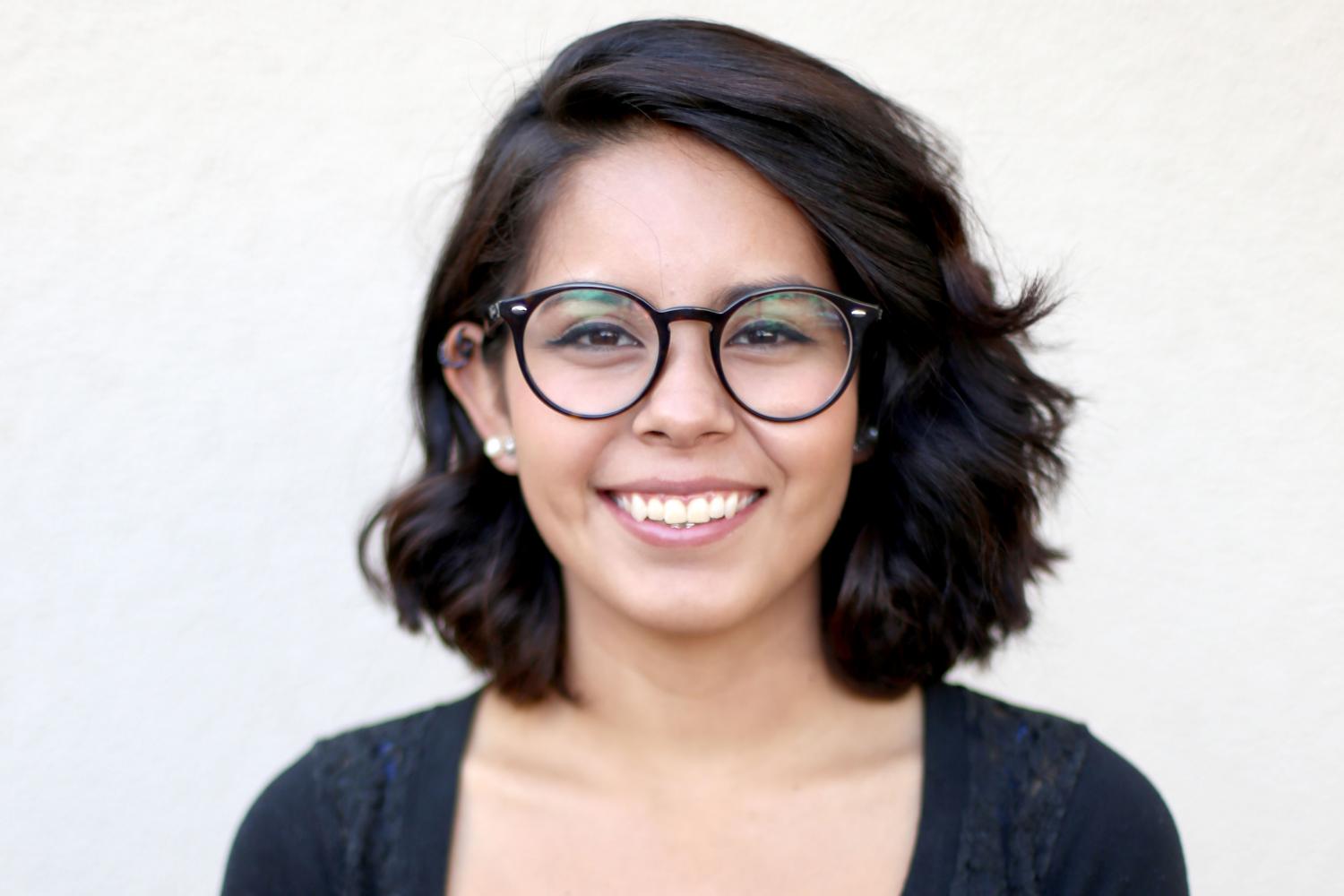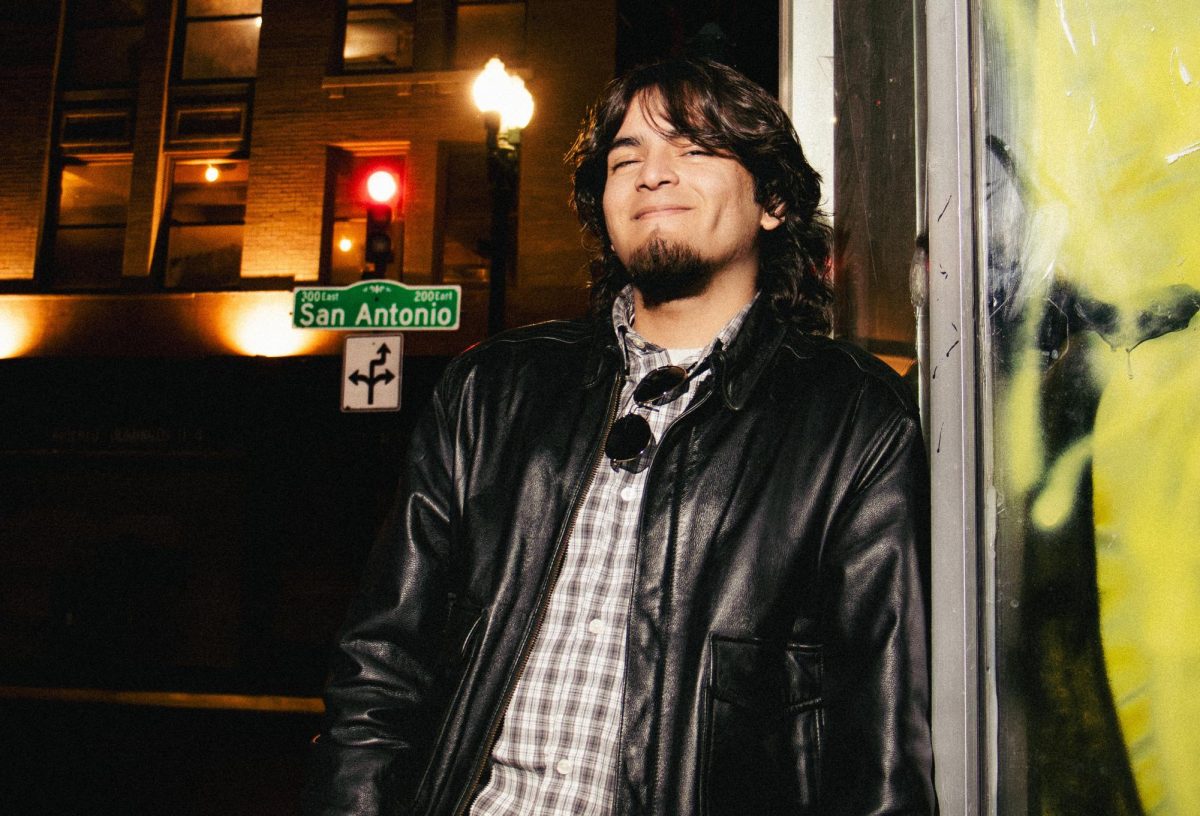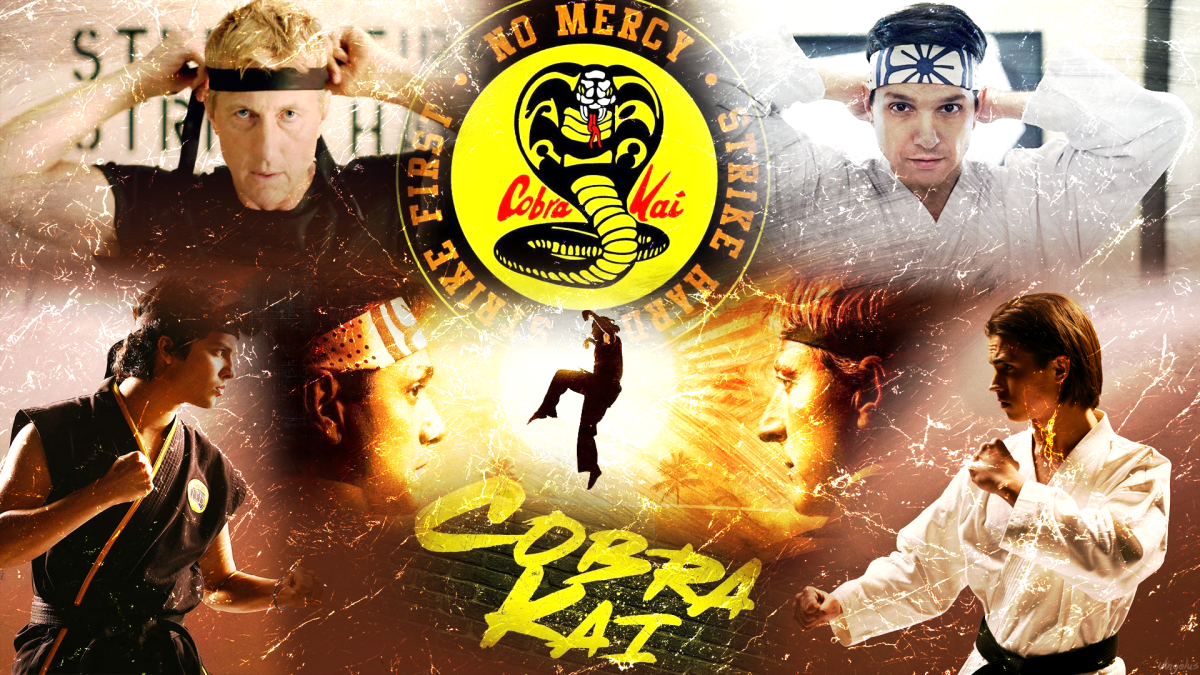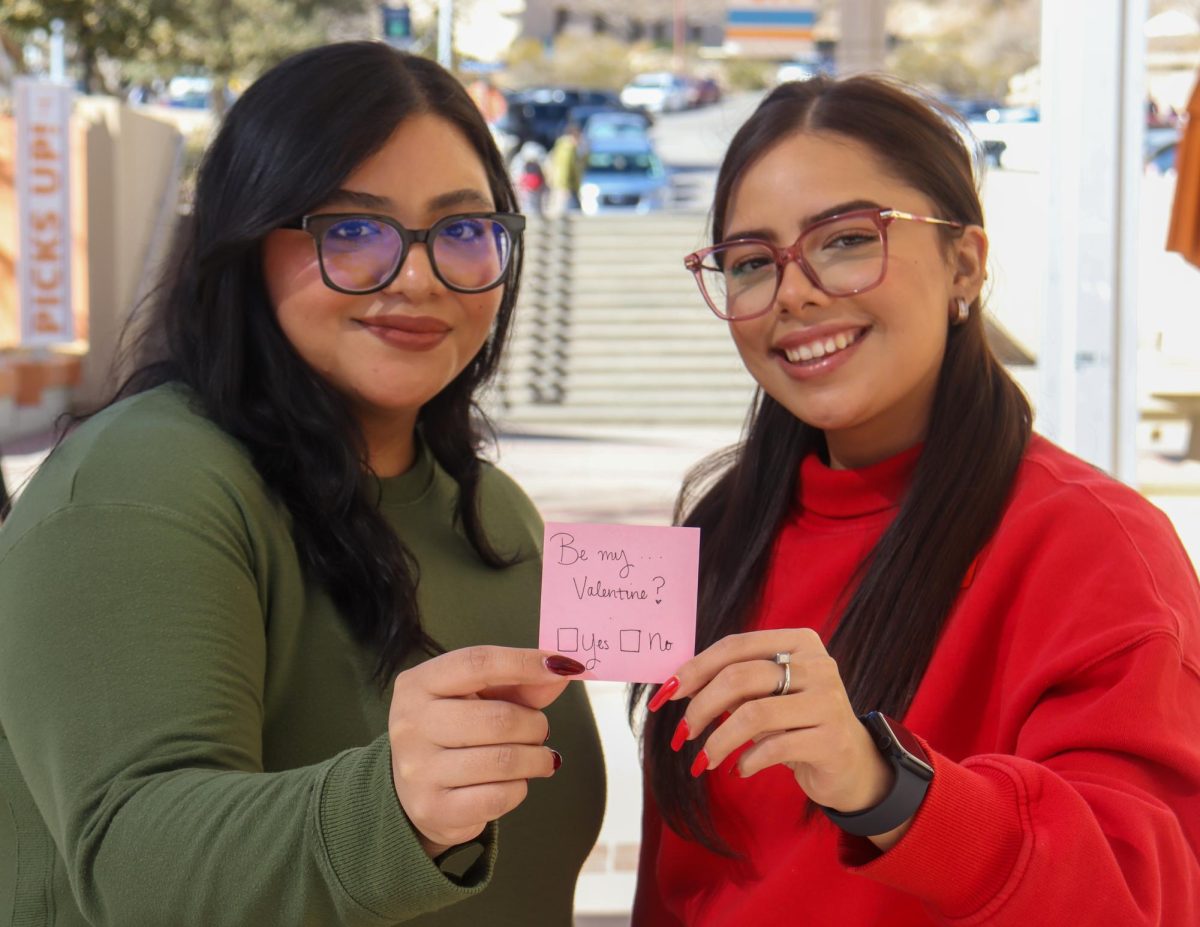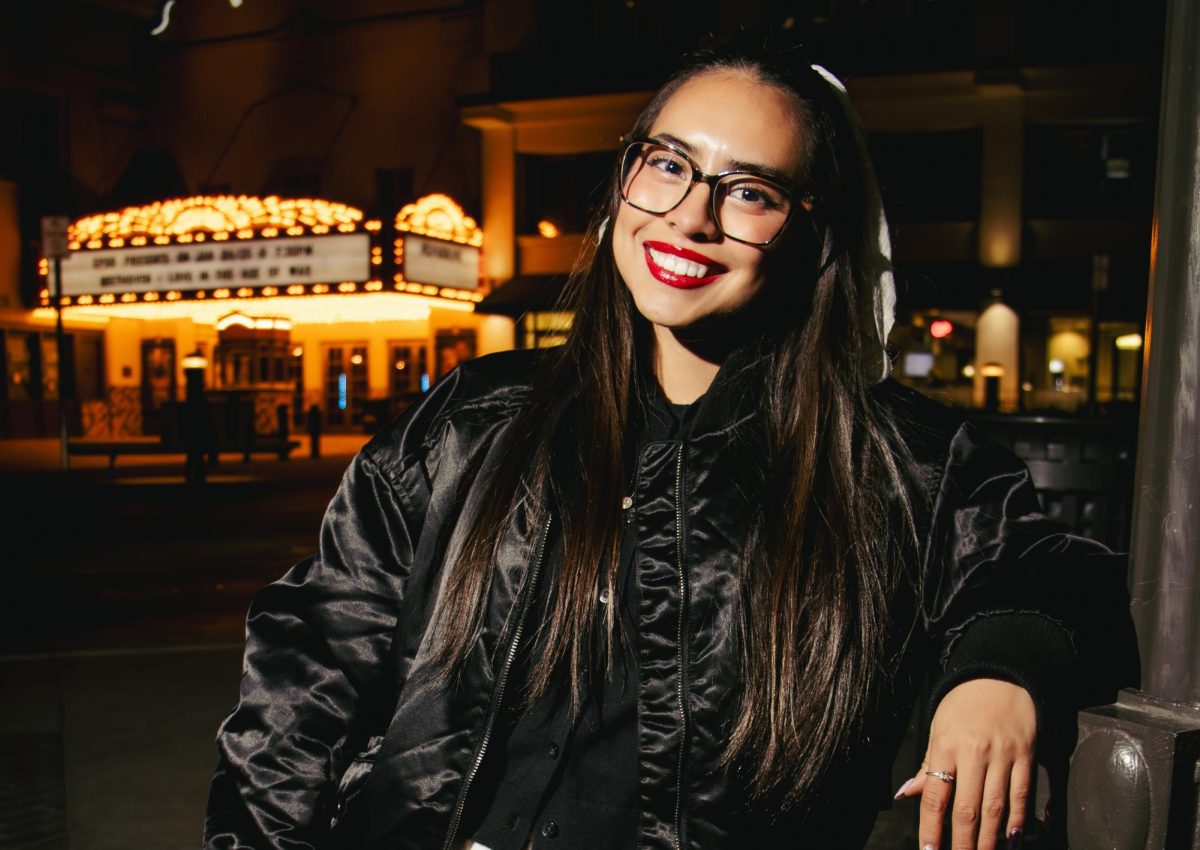For the longest time I have felt stuck between my passion for photojournalism and my passion for art.
I never thought I was a good writer, or liked to write at all, but I really liked to capture life and showcase everyday people and their emotions to accompany news and journalism-written stories.
Originally I was in the UT CAP program, where I planned to only stay at UTEP for my first two semesters then transfer to UT Austin.
The day I was registering for classes for my first semester, I didn’t know what to tell my advisor about what my major was going to be. There were two students in front of me and I was texting my high school yearbook teacher and my Nino Chuy, asking them to help me choose.
Of course, they both told me to follow my heart.
After deciding to stay at UTEP, I changed my major from multimedia journalism to graphic design. I’m not entirely sure why I made the switch, but I just knew I wanted to still be a photographer somehow.
Luckily, I was able to continue practicing photojournalism at The Prospector after being brought on as a staff photographer, while still working on my art and graphic design class projects.
Last semester, when professor Melissa Warack went over photojournalism in my 20th-century art history class, it made me feel like it wasn’t crazy for me to be working as a photographer at The Prospector as an art major.
I feel that being stuck in the middle works when I’m shooting because my creativity flows well. I can get shots from different angles that other photographers might not think to get since I have studied perspectives primarily used in art.
However, last semester during my printmaking midterm critique, my classmates made me really think about what I want to do with my artwork. I told them I wanted to keep my artwork separate from my photos and my job. I didn’t think they understood what kind of photos I take. They don’t know that it’s photojournalism. I’m thinking it really confused them, which ended up confusing me a lot too on what I want my pieces to say.
Although in my classes I’m free to manipulate photos, whether it’s through means of Photoshop, illustrating or even layering prints on my photos. When I’m taking photos for the newspaper, there are limitations and ethics I have to follow, both while taking the photos and editing them.
My best friend encouraged me to combine the two by using the photos I would take at protests and other politically driven events and use them as references for my prints in my printmaking classes.
He would say I would be a great “political artist.” But I did not want to change the meaning of the photos I was taking and turn them into political statements. I didn’t want to use my photos to come across as an activist.
Yes, I do care about border issues and social movements, however I kept thinking more about the purpose of a photojournalist’s job. Although I’m not a journalism major, I always follow journalism ethics. Just like when I’m covering sports and concerts, I can’t act like a fan. The same goes for news events.
But then for the second half of the semester I told myself, “okay fine, if they want me to use my photos, then I will.”
That’s when I recognized photography is also one of my strengths as an artist. My art professor Kim Bauer confirmed this when he told me the way I think the best is through the viewfinder.
I now understand that it’s not so much about the artist that I want to be, but the kind of artist that this community possibly needs me to be. What I am doing is telling the El Paso community’s story in a visual way. Because sadly, not everyone reads, not only our newspaper, but also they don’t read at all.
These are issues everyone should know, and if I make it interesting enough to catch their eye, there is a better chance viewers will try to be more involved in what is going on, not only in El Paso, but the country.
Although I believe that my work is now stronger because of that, I think I am still having trouble finding my middle ground. I am still leaning more toward staying ethical in a journalism sense and trying to avoid photo manipulation. This sometimes affects my art though because I forget how it is to be a free artist.
I’m not sure what I will end up doing for a career come graduation, but I still have a year and a half to continue practicing both and see where I end up. The good thing is, I know I’m capable of both and I’m not confined by one way of thinking.


